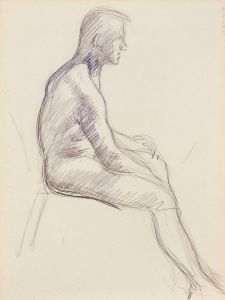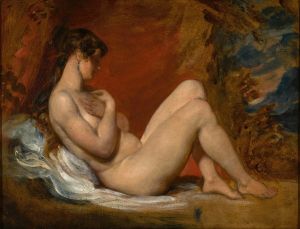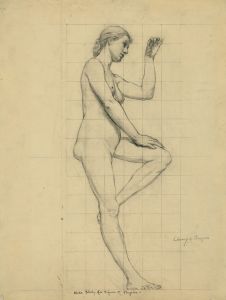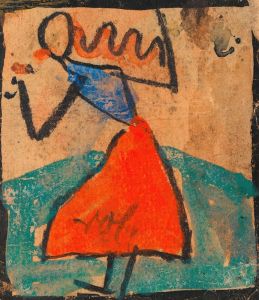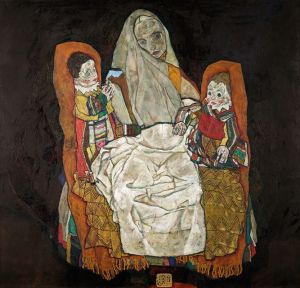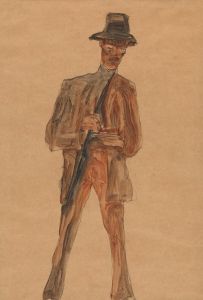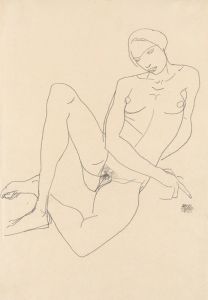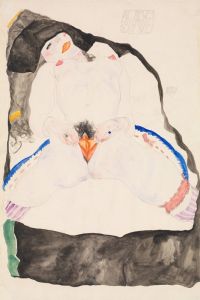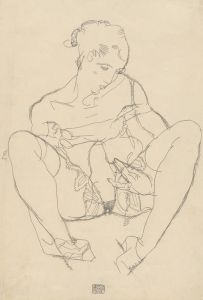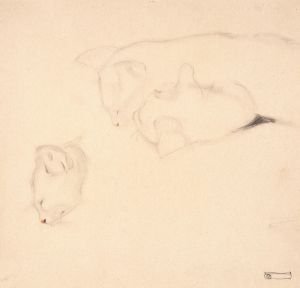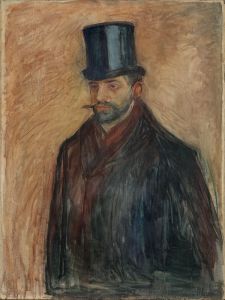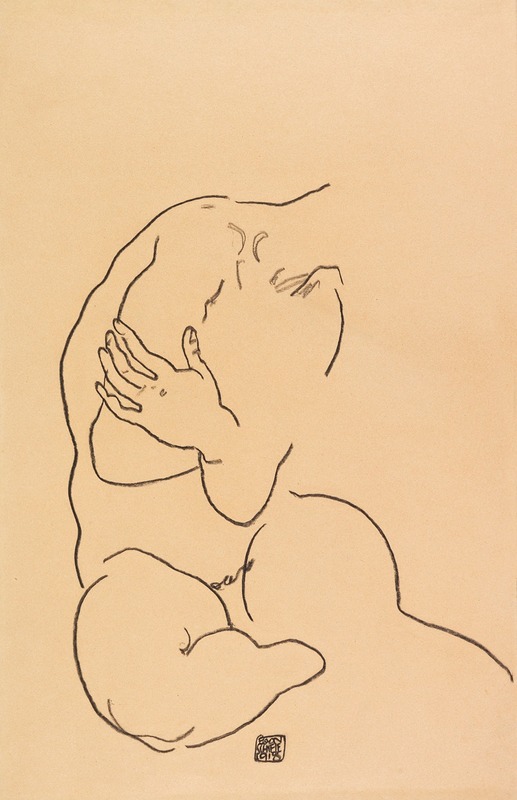
Sitzender weiblicher Torso
A hand-painted replica of Egon Schiele’s masterpiece Sitzender weiblicher Torso, meticulously crafted by professional artists to capture the true essence of the original. Each piece is created with museum-quality canvas and rare mineral pigments, carefully painted by experienced artists with delicate brushstrokes and rich, layered colors to perfectly recreate the texture of the original artwork. Unlike machine-printed reproductions, this hand-painted version brings the painting to life, infused with the artist’s emotions and skill in every stroke. Whether for personal collection or home decoration, it instantly elevates the artistic atmosphere of any space.
Egon Schiele, an Austrian painter and a key figure in early 20th-century Expressionism, is renowned for his raw and emotive depictions of the human form. One of his works, Sitzender weiblicher Torso (translated as "Seated Female Torso"), exemplifies his distinctive style, characterized by bold lines, stark compositions, and an unflinching exploration of the human body.
This artwork, created in 1910, is a watercolor and pencil drawing on paper. It portrays a seated female torso, rendered with Schiele's signature attention to anatomical detail and psychological intensity. The figure is partially nude, with the focus on the torso, while the limbs and head are either cropped or minimally detailed. This compositional choice directs the viewer's attention to the central subject, emphasizing the vulnerability and expressiveness of the human body. Schiele's use of color is restrained but deliberate, with muted tones that enhance the emotional resonance of the piece.
During this period, Schiele was heavily influenced by his mentor, Gustav Klimt, but he had already begun to develop a more personal and provocative style. Unlike Klimt's often decorative and idealized portrayals, Schiele's works are more confrontational, exploring themes of isolation, sexuality, and mortality. Sitzender weiblicher Torso reflects these preoccupations, presenting the human form in a way that is both intimate and unsettling.
The artwork is notable for its economy of detail and the expressive quality of Schiele's line work. The contours of the torso are rendered with precision, yet there is a sense of fluidity and movement in the drawing. The piece exemplifies Schiele's ability to convey complex emotions and psychological depth through minimalistic means.
Egon Schiele's career was tragically cut short when he died in 1918 at the age of 28 during the Spanish flu pandemic. Despite his brief life, he produced a substantial body of work that continues to influence and inspire artists and art enthusiasts worldwide. Sitzender weiblicher Torso is one of many pieces that highlight his innovative approach to figure drawing and his unflinching exploration of the human condition.
The current location of Sitzender weiblicher Torso is not definitively documented in public records, but many of Schiele's works are held in prominent collections, including the Leopold Museum in Vienna, which houses the largest collection of his art.





